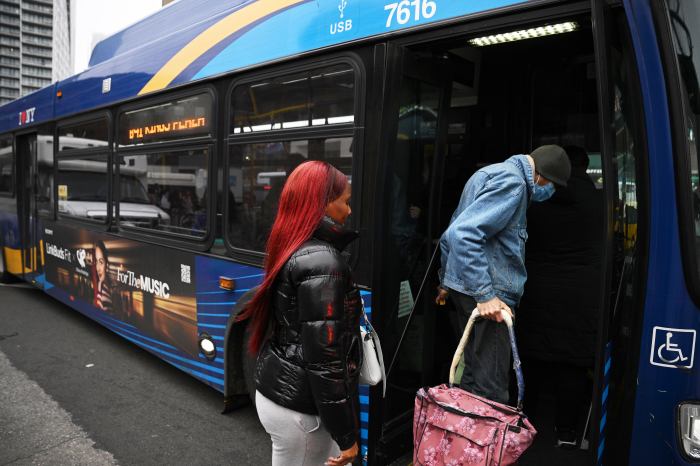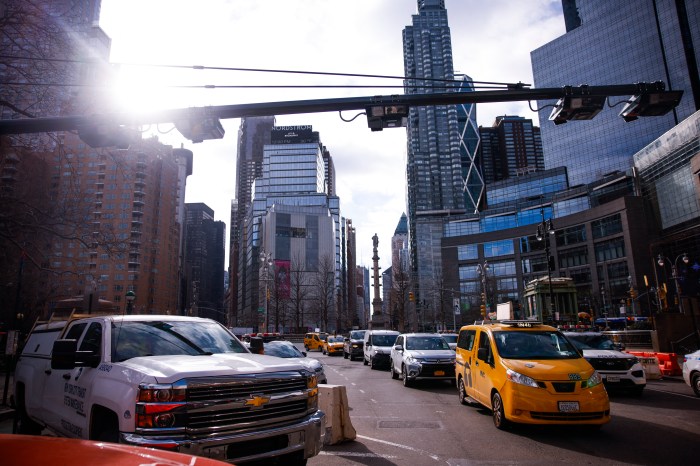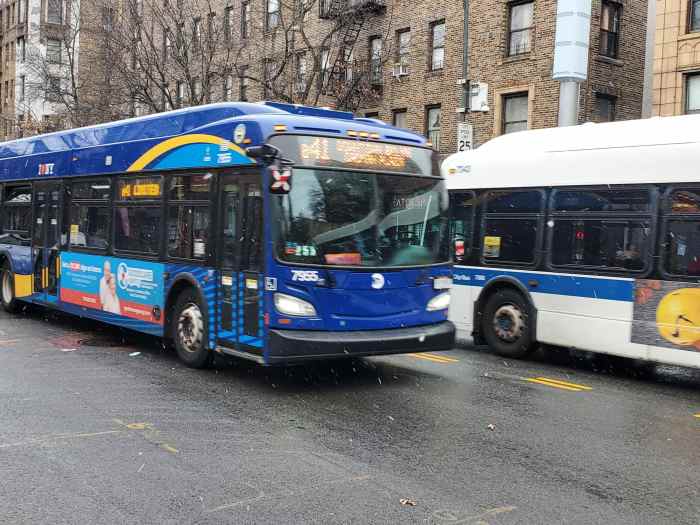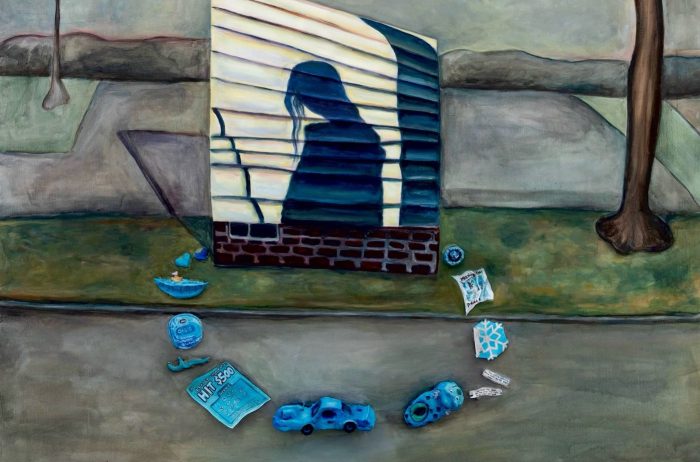
The turnstile tango is coming to an end.
You know the moves:
first you fish for the MetroCard in your purse, wallet or pocket.
Then you flip the card for proper swipe orientation (a manageable step, sure, but one that can easily stump stumpers like Hillary Clinton and visitors to this city, alike).
On a good day, that step will be punctuated with just one “please swipe again.”
That daily dance undertaken by millions is one of the reasons why the MTA is pursuing a new payment system.
The MetroCard, at 22 years old, has aged poorly compared to the rate of technological advancements in its lifetime. The MTA is essentially managing its own currency and that’s becoming increasingly expensive to maintain. It costs the agency about 15 cents to collect every dollar in revenue.
“The MetroCard doesn’t take advantage of the efficiencies of technology that have been introduced in the past 20 years,” said John Raskin, executive director of the Riders Alliance. “If we don’t replace it now, expect a lot more system failures and breakdowns in the coming years.”
The MTA hopes to begin a slow phase out of MetroCards in 2018, at a cost of $619 million, after a slew of mobile payment pilots and delays over the past ten years. It’s proven challenging for the MTA to pin its next fare system on technology that’s evolving so rapidly.
Certain details are clear.
A new, open fare technology will be harnessed in riders’ smartphones, credit cards and pre-paid cards — similar to London’s Oyster card or PATH’s SmartLink.
Dips and swipes will be swapped for taps and scans. If properly executed, transit experts say the new technology can transform how New Yorkers traverse their city, as did the MetroCard when it replaced the MTA’s iconic tokens.
“Options like free transfers [and] unlimited fares were made possible by the MetroCard. That was huge,” said Rich Barone, vice president for transportation at the Regional Plan Association. “It’s going to be the technology, but really the fare policy that comes with the new technology, that could totally transform transit in New York City.”
For the MTA, a key to an open fare payment system is meeting customers where they already are—their phones—and building an inclusive system that will work across all services, like the Long Island Rail Road and Metro-North. Don’t expect drastic changes to turnstiles, yet. The MTA plans to begin the rollout by retrofitting its current infrastructure.
The switch over itself, advocates predict, could bring tangible service improvements, especially on buses.
“Part of what makes buses slow is that everyone has to stand in front of the bus and dip a MetroCard to get on,” Raskin said. “New fare payment technology could allow for people to board at any door—similar to the concept of Select Bus Service now.”
But the new payment technology will also give the MTA the flexibility to tinker with its fare model. Barone and the RPA envision the new tech as a means to address congestion from historic subway ridership, as well as accessibility in platforms and income inequality.
The association has drafted a six-point policy brief on what the new fare payment model could offer. Off-peak and on-peak fares could theoretically be applied to subway and bus rides. There could be family fare packages. Reduced fares could be used to incentivize bus ridership; there could be subsidies for lower-income customers. Next gen turnstiles could accomodate wheelchairs.
“Bus ridership is dropping. This could be a way to get more people on buses,” Barone said. “And there is a capacity crunch on our subways. Policy could be put in place reduce this congestion by getting people to choose the best transit option for them.”
The MTA doesn’t believe the MetroCard would be completely phased out until at least 2023. MTA spokesman Kevin Ortiz said the agency will stick to its core concepts as it solicits requests for proposals for the new system, and specifics are still being sorted out.
“Off peak versus peak, we already do that on our rails. In terms of subways and buses, it’s a fixed price. We’re not D.C., we’re not a distance-based organization,” Ortiz said. “It’s kind of our motto: $2.75 can get you anywhere you need to go into Manhattan or 30 miles from the Rockaways up to the Bronx.
“That being said, it’s still too early to get into that level of details,” Ortiz added. “We’ve provided through the RFP process a set of criteria for the respondents and we’ve asked them to be very creative with what they come back with. Once we see what they come back with we can take a step forward and see what decisions we can make.”
Swipeless cards
New Yorkers should expect something similar to the PATH SmartLink or London’s Oyster card. Commuters might be able to attach their bank account to an MTA account online or within an accompanying mobile app. That app could be opened to display a ticket. It could be quickly scanned to pay a fare. Bank cards with EMV chips could be tapped for fare payment. For riders who don’t have a bank account or Internet access, the MTA will likely issue a proprietary card that could be loaded with cash.
Mobile payments
A mobile payment service, called MTA eTix, will debut on the LIRR’s Port Washington Branch and Metro-North’s Hudson Line in June. MTA eTix will serve as a stand-alone app in which customers can link their bank cards. But eTix will also be accessible through the MTA’s TrainTime apps. Through the service, customers can secure refunds for unused mobile tickets and request duplicate receipts. A full-scale rollout on all Long Island Rail Road and Metro-North branches and lines will come by the end of 2016, according to the governor’s office.



































